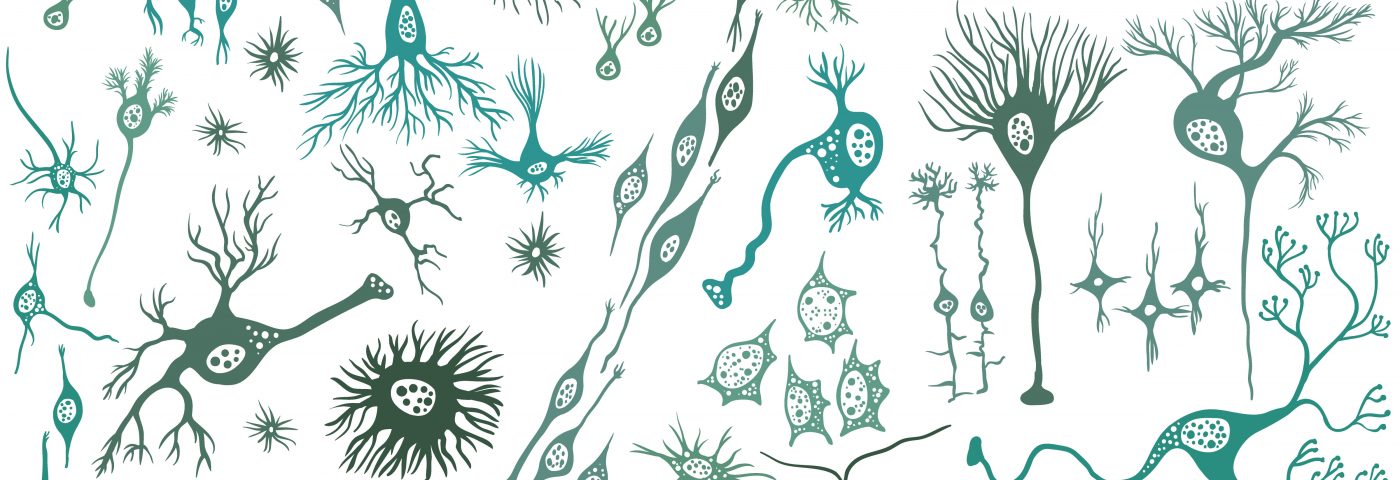Activation of immune cells resident in the brain is an early event that may contribute to the development of X‐linked adrenoleukodystrophy (X-ALD) and progressive white matter loss, a study suggests.
The study, “Microglia damage precedes major myelin breakdown in X‐linked adrenoleukodystrophy and metachromatic leukodystrophy,” was published in the journal GLIA.
X-ALD is a genetic disease characterized by impaired function of ABCD1 transporters, and consequent accumulation of very long-chain fatty acids inside cells. Buildup of these compounds can cause the destruction of the protective myelin sheath that covers nerve cells.
If left untreated, X-ALD can cause damage to brain cells and trigger the destruction of the brain’s white matter.
Myelin is mainly produced by specialized cells called oligodendrocytes. But previous studies have suggested that immune cells resident in the brain, known as microglia, may also contribute to myelin production.
To date, knowledge is still limited on how microglia may influence X-ALD progression.
To shed light on this matter, a team led by researchers from the University Medical Center Göttingen in Germany analyzed samples of brain tissue collected post-mortem from four patients with X-ALD. The samples, which were from patients who had infantile, adolescent, and adult variants of the disease, were compared with 14 tissue samples from autopsy cases, ages between 8 and 65 years, without neurological diseases.
Researchers found that X-ALD samples had higher levels of activated microglia than the control samples.
Microglia cells had a shape commonly associated with a more active status closer to brain lesion areas, in contrast to “normal appearing white matter” areas (without lesions) where microglia were less activated.
In areas close to the lesions (pre-lesion areas), there were fewer phagocytes, which are immune cells responsible for clearing damaged cells or toxic compounds, and some mild structural alterations were noted in oligodendrocytes and nerve cells.
In contrast, in brain lesion areas, there was significant loss of myelin and damage to nerve cells. There was also a drastic increase in phagocyte numbers with characteristics of invasive behavior.
“The most striking result of our study … was the drastic reduction in and death of microglia in certain evolving lesion areas in X‐ALD … that exceeded and preceded oligodendrocyte decay and overt myelin degeneration,” the researchers wrote.
They believe that, in early stages, microglia may help prevent myelin degradation in X-ALD. Still, “while such a strategy might in early stages lead to the sequestration of toxic material and thereby” protect the surrounding tissue from damage, “the ensuing destruction of microglia severely drives” brain tissue damage associated with X-ALD.
These findings provide new evidence of microglia involvement in X-ALD, and create a basis for further studies.


